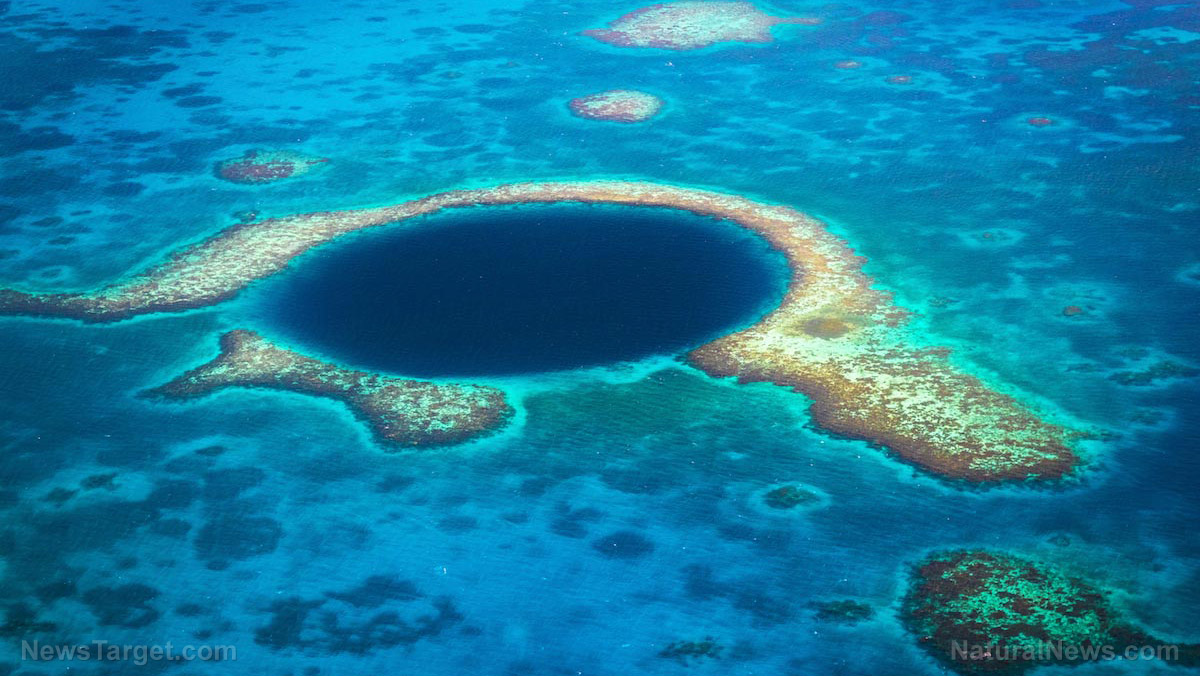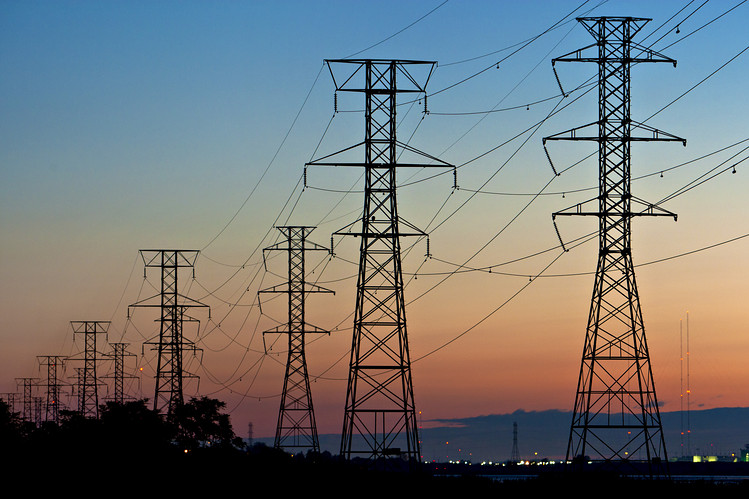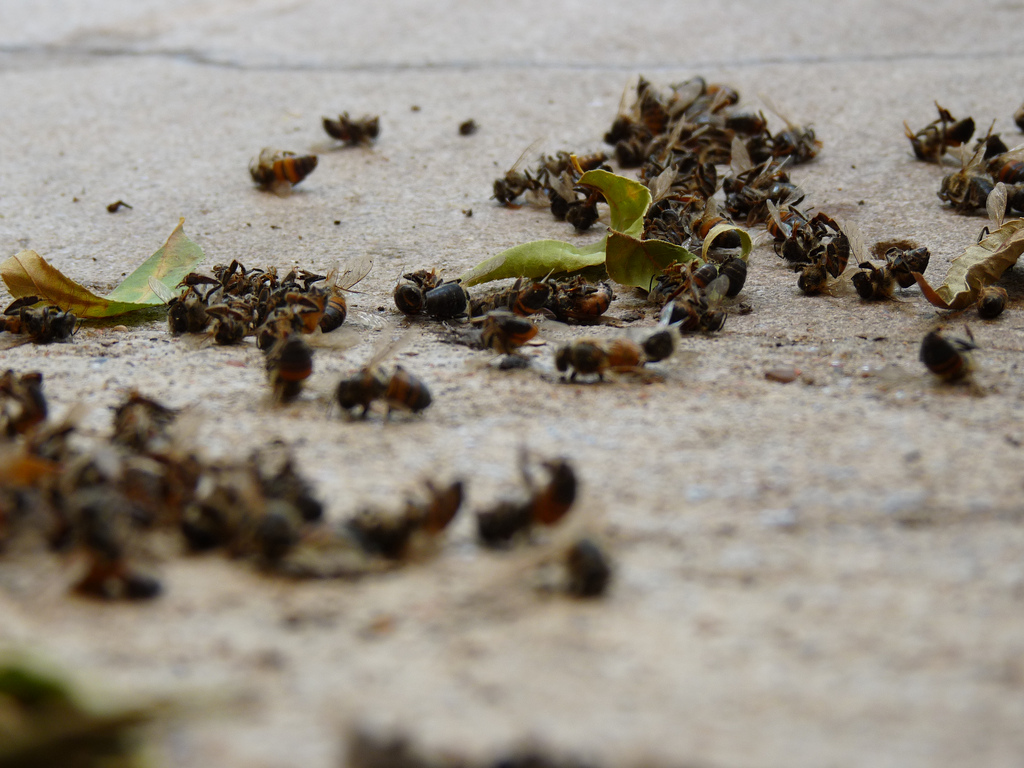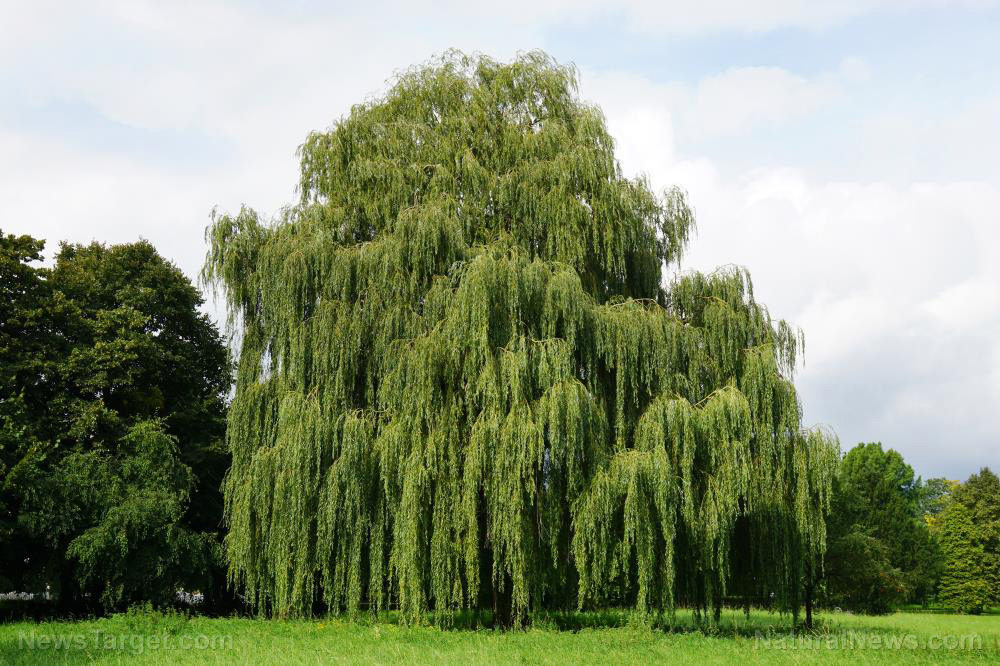
Scientists are gearing up for an expedition deep off Florida’s gulf coast in August. The scientists, with help from the National Oceanic and Atmospheric Administration (NOAA), are looking to probe the Green Banana — a mysterious blue hole that begins 155 feet below the ocean’s surface.
Blue holes are underwater sinkholes that form when rainwater dissolves a hole through limestone rock. They are thought to hold diverse marine communities and may offer key answers to life on Earth millions of years ago when oceans are anoxic.
Located 50 miles off St. Petersburg, the Green Banana stretches about 275 feet and looks like an hourglass-shaped, 20-story building. Because of this, the team expects the expedition to be challenging.
“The configuration of the hole is somewhat hourglass-shaped, creating new challenges for the lander deployment and water sampling,” according to a statement from NOAA.
Seafloor off Florida’s coast is full of underwater sinkholes
Underwater sinkholes are not uncommon in the continental shelf of Florida's gulf coast. In fact, several underwater sinkholes, caverns and springs are scattered around the area. But these have proved difficult to navigate, leading to scant knowledge about them.
“Little is known about blue holes due to their lack of accessibility and unknown distribution and abundance. The opening of a blue hole can be several hundred feet underwater, and for many holes, the opening is too small for an automated submersible,” said the statement from NOAA.
Even the presence of the blue holes was first known through deep-sea divers and fishermen. Longtime fisherman and boat captain Larry Bowden knew about Green Banana for decades. He said that its name came from a sighting of a banana floating atop a “spring” — the name people called blue holes back then before news spread.
Curt Bowen, a deep-sea diver, heard about the Green Banana through Bowden and conducted one of the first explorations into the blue hole. He said that the gulf's seafloor has a lot of sinkholes and that it would look like a Swiss cheese when drained.
According to the expedition researchers, the holes may have formed about 8,000 to 12,000 years ago, when Florida’s coastline was around 100 miles further offshore from where it is now due to lower sea levels.
Emily Hall, a scientist at Sarasota's Mote Marine Laboratory that leads the mission, adds that the blue holes are usually difficult to spot from above.
“You’re in the middle of the Gulf of Mexico and you don’t see anything all around,” Hall said. Diving deep into the waters, however, shows these holes and their robust aquatic environments.
Mission may reveal more about what role blue holes play
Experts believe that the blue holes hold diverse biological communities full of marine life such as corals, sponges, mollusks, sea turtles and sharks. In 2018, explorers probed a nearby blue hole called Amberjack and discovered two dead but intact smalltooth sawfish — an endangered species — at the hole's bottom. They also found that a lot of nutrients are coming out of Amberjack.
For the upcoming mission, the team hopes to unravel the mysteries of the Green Banana, particularly its potential marine microenvironment and what nutrients, if any, it may secrete. They will also look at how the blue holes may affect the global carbon cycle, and whether or not the blue holes are related to Florida's groundwater.
“If these holes are connected to our groundwater systems or our aquifer systems, it could be a possible way for saltwater seawater seepage into our groundwater ecosystem," explains Hall.
She adds that a lot of the people living in nearby areas depend on this groundwater system for their drinking water, so it's important to locate any possible epicenters of saltwater seepage. (Related: Water crisis in Corpus Christi, TX: 'Unknown' chemicals contaminate drinking water.)
The team plans to lower a 600-pound lander that is shaped like a triangular prism. With the help of the lander, divers will gather water and sediment samples and complete a biological survey.
ClimateScienceNews.com has more on marine environment research.
Sources include:
Please contact us for more information.





















